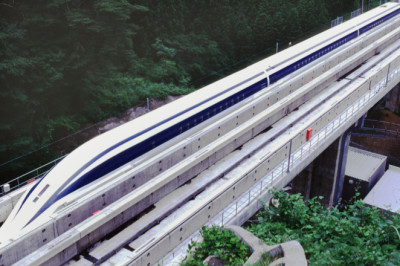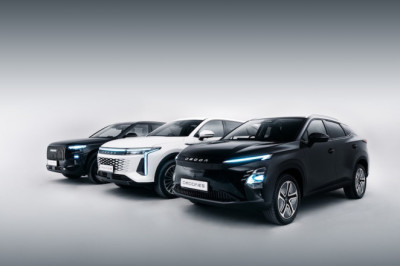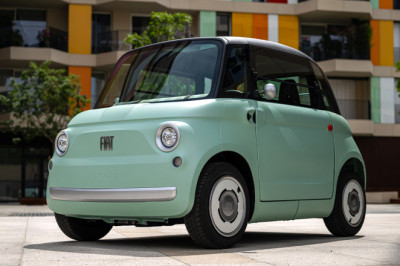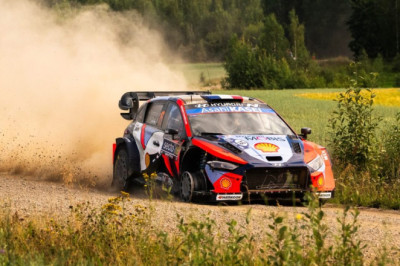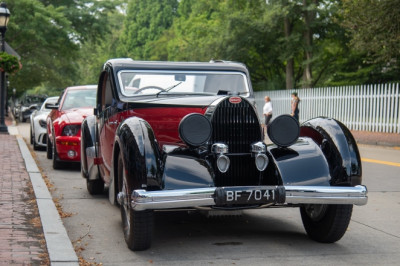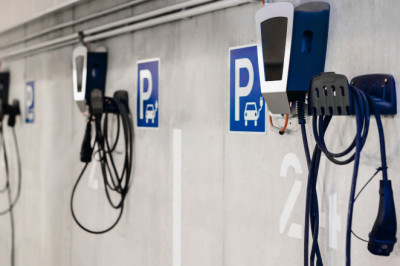
The Subaru WRX, one of the last bastions of relatively inexpensive sporty cars, is on a slightly scary sales and price trajectory. After a strong start to 2025, its popularity nosedived in Q2 and has been way down against last year since April—officially long enough to start raising analytical eyebrows.
Subaru in general has been making some gains, posting total July sales up 4.5% with the Outback, Forester, and even Soltera gaining ground. The BRZ coupe is also having a better year than last so far. But the four-door turbocharged WRX appears to be struggling.
By July of 2024, Subie had sold 10,664 WRXs. This year they’re at 6,888—down over 35%.
The first culprit that comes to my mind is price. The 2025 Subaru WRX got quite a bit more expensive than the 2024 model, as the base trim was dropped and Premium went up by about $1,000, effectively pushing the car’s entry price up by $3,000.
This summer, the WRX was hit with another price hike. In May, Reuters reported that Subaru was adjusting prices across the board, with the WRX and BRZ prices going up by as much as $2,000, which was said to be effective in June.
At that point in time, Subaru’s official line was reported as: “The changes were made to offset increased costs while maintaining a solid value proposition for the customer. Subaru pricing is not based on the country of origin of its products.” So, officially, that’s a denial that tariffs were to blame. But I’m not sure I’m entirely convinced.
Whatever the reason, when Subaru announced 2025 WRX pricing last year, the Premium (now base) model listed out at $36,920 with destination and delivery charges. But if you build and price one on Subaru’s consumer site today, the cheapest manual-shift 2025 WRX with zero options rings up at $38,920.
I dropped Subaru’s people a note about the WRX’s recent sales performance to see if they have any additional insight—maybe there are supply constraints that haven’t been widely reported. I’ll update this post if they come back with another statement on the current state of affairs.
Those price increases aren’t trivial, so we don’t really need to venture into speculation about the economy at large and how this car’s customers in particular might be especially crunched for cash right now. But I will anyway. I hypothesize that low-level white-collar workers make up a big portion of new WRX buyers—people who can splurge on a new car as long as it’s somewhat modest, and want to get something fun.
Well, we’re all living under the same onslaught of news about AI and the American government disappearing those jobs, right? I’d be willing to bet that uncertainty about the future among up-and-coming office workers is a nonzero factor in the current state of WRX sales. Heck, I’m not in a rush to take on a new car payment right now myself.
Here’s hoping things turn around, because the world needs more manual-shift turbocharged cars under $40,000.
Got your own speculation on the state of the WRX’s popularity? Drop me a line at andrew.collins@thedrive.com or jump into the comments.
Automotive journalist since 2013, Andrew primarily coordinates features, sponsored content, and multi-departmental initiatives at The Drive.





